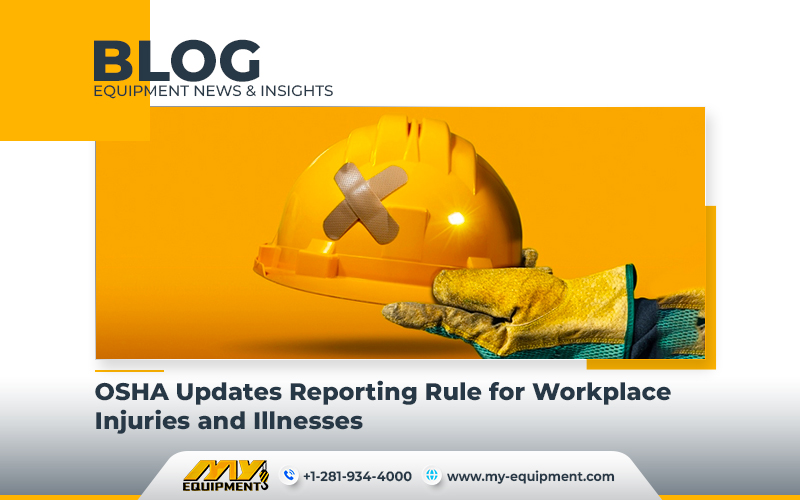The Department of Labor has updated the Occupational Safety and Health Administration (OSHA) rule concerning workplace injury and illness reporting for high-hazard industries like construction. The revised rule is made with the intention of improving workplace safety and to provide transparent information to the public.
Revised Reporting Requirements
Businesses with 100 or more employees must now submit electronic data from Forms 300 and 301, in addition to Form 300A, annually by March 2, starting from January 1, 2024. The data includes details about the illness or injury, affected employees, and the circumstances surrounding the incident.
Definition of Recordable Injury or Sickness
OSHA defines recordable injuries or sicknesses as fatalities at work, job-related diseases or heavy equipment injuries leading to transfer or missed work days, cases needing medical attention beyond first aid, confirmed cases of certain medical conditions related to the job, and incidents like hearing loss, TB, medical removal, and needle stick accidents at work.
Reinstating the 2016 Obama-Era Rule
The updated rule reinstates the 2016 Obama-era reporting standard while repealing parts of the 2019 final rule supported by the industry. This move intends to ensure a comprehensive and accurate reporting of workplace incidents.
Reporting Requirements for Smaller Businesses
Businesses with 20 to 249 employees in some industries will still need to electronically submit data from their OSHA Form 300A annual summary once a year. All businesses with 250 or more employees are required to maintain records and transmit data from Form 300A to OSHA annually.
Benefits and Objectives of the Modification
OSHA states that the updated reporting rule will enable various stakeholders to access workplace safety and health data, leading to informed decisions. Basically, by gathering comprehensive statistics, OSHA can take targeted actions to reduce worker injuries and illnesses in high-hazard industries, ultimately promoting a safer work environment.
Industry Concerns and Responses
Some industry representatives, such as the Associated Builders and Contractors (ABC), express concerns about the updated rule. They believe that disclosing private information may lead to misinterpretations and privacy concerns for workers. ABC argues that the collected data might not provide an accurate representation of a company’s safety record or its efforts to maintain a safe workplace.
The updated OSHA reporting rule signifies an important move towards promoting workplace safety and transparency. Requiring businesses to submit comprehensive data on workplace injuries and illnesses due to the new rule will eventually lead to an improvement in workplace conditions and reduce incidents in high-hazard industries. However, some industry stakeholders have raised concerns about potential misinterpretations and privacy implications for workers. Striking a balance between transparency and privacy will be very important as it will help ensure the rule’s effectiveness in achieving its safety objectives.


 1400 Broadfield Blvd, Houston, TX 77084,
USA.
1400 Broadfield Blvd, Houston, TX 77084,
USA. omer@my-equipment.com
omer@my-equipment.com